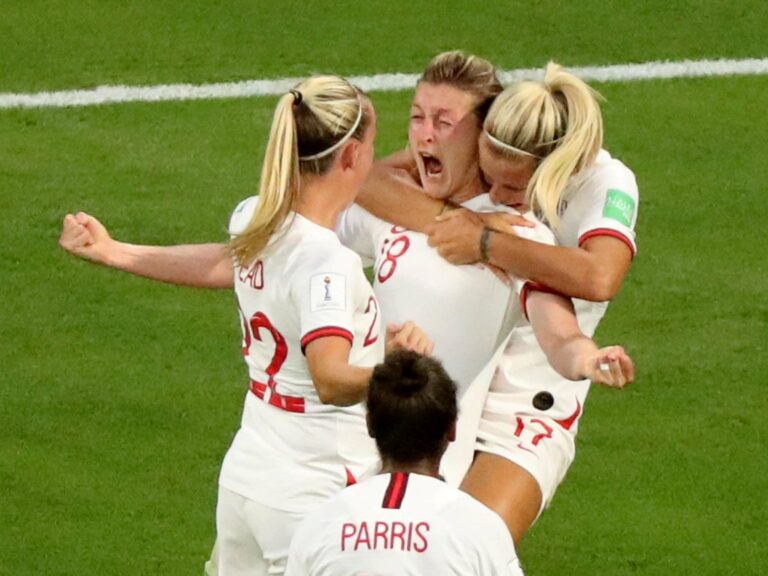Below the line thinking is impulsive, where people operate on auto-pilot and focus on ego-driven decisions rather than acting with a team focus.
Here are four key steps required for building a high-performance team:
High-Performance Mindset
Without the right mindset, even the most highly skilled individuals and teams will not reach their full potential.
It’s difficult to apply above the line thinking with a glass ceiling that is too low. All too often we restrict our performance through limiting beliefs, based on past experiences, or things people may have told you about your capabilities.
Subconsciously, we hold onto those things and they shape our performance as we go through life. For example, being told you weren’t good enough at university can impact you even 10 years later in working life, unless you upgrade that belief.
Only by upgrading your belief system and removing perceived boundaries can we see what we can really become, which is normally far beyond what we can tangibly imagine.
Team First
There is no place for ego in a high performance team. As with Meyer’s theory – when you are operating based on ego, and make decisions based only on how something will impact you personally, it is likely that the wider team will suffer due to this.
To really work cohesively and elevate the performance of the whole team, self-sacrifice for the greater good is often required. As part of the team performance coaching we do at Duo, we do a lot of work at the front end, including self-reflection and insight to really understand each individuals’ strengths.
This allows you to make purposeful decisions and allocate tasks and positions based on who the best person is to play each part, in contrast to prioritising personal agendas or whoever speaks the loudest.
Once the whole team has an understanding of their individual and collective strengths, you’ll be able to grow together in the same direction. You have the foundations to create a high performing team.
Intentional vs Reactive
When training as a team, it is important to act intentionally, rather than simply reacting and with rash decisions. All too often teams work in “if” terms vs “when” – “if this happens, we could do this” rather than “when this happens, we will do this”.
Training and coaching your teams intentionally better prepares them. Meyer uses a formula of E (event) + R (response) = O (outcome).
The formula highlights that whilst you cannot change an event, you can prepare for the event and control how to respond to it. During training, if your team gets used to looking at all potential events and responses, they will become more agile to events as they arise, and will be more likely to create better outcomes.
The 10-80-10 Rule
Another performance theory by Meyer is the 10-80-10 rule which categorises team members as high performing, average and low performers. The theory is that top performers are the people that will do anything for the team and are consistent in their output. Average team members will do their job, but will not often go out of their way to do an outstanding job, and low achievers slow the rest of your team down.
It is important to identify the behaviours of each of your team members – what behaviours do your top players have in common and how do you tip the scales so that your average team members make it to the top?
At Duo, we look at behavioural trends to identify factors in each business that are synonymous with high performance. Once you have this formula, it can be used internally to coach and train, and externally in recruiting to drive up the chances of success.
The underlying factor in creating high performing teams is identifying the mindset and behaviours that are essential in your business to drive the outcomes you want. It’s essential to understand the individual strengths of each team member to create a team dynamic that outperforms.












